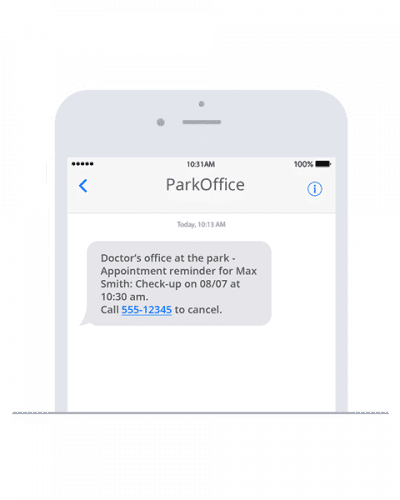The uninvited guest: spam
Unfortunately, there is one more factor to consider when answering the question “Why is SMS sending on the rise?”: spam SMS.
According to the news site Heise online, Deutsche Telekom reported that in 2021 “[…] close to 100 million smishing SMS were sent […]” only from infected devices and only in the Telekom network. (Source: Heise online). Vodafone spoke of a five-digit figure in the second half of the year, Telefónica did not provide any information (ibid.).
Exactly how many more smishing SMS were sent in 2021 compared to 2020 is unclear. However, ntv reported in an article that various police authorities had warned of the fraud SMS in the spring of 2021. In addition, they said that the comparative value a year ago had been significantly lower (source: ntv). So there seems to have been an unusually high incidence.
Let’s start with small numbers for our calculation: the 100,000,000 SMS that Telekom recorded, probably at least 20,000 SMS in the Vodafone network, probably at least as many in the Telefónica network, each of which held around one-third of the market share. That makes at least 100,040,000 SMS. If only one third of this is an increase on the year 2020, that is around 33,346,666 SMS more in 2021.
However, if we assume that the same number of smishing SMS were sent on all three networks, our starting figure is 300,000,000, in which case one third would be 100,000,000 SMS.
It is also unclear how high the number of unreported cases is. What about spam SMS messages that are not intended for smishing?
In any case, it becomes clear: Spam SMS as an uninvited guest has very likely also contributed to the increase in SMS sending.
Summary:
Spam SMS and especially smishing SMS unfortunately have their share in the increase of SMS sending. It is likely that the number of spam SMS increased by between 33,346,666 and 100,000,000 in 2021 compared to the previous year.
